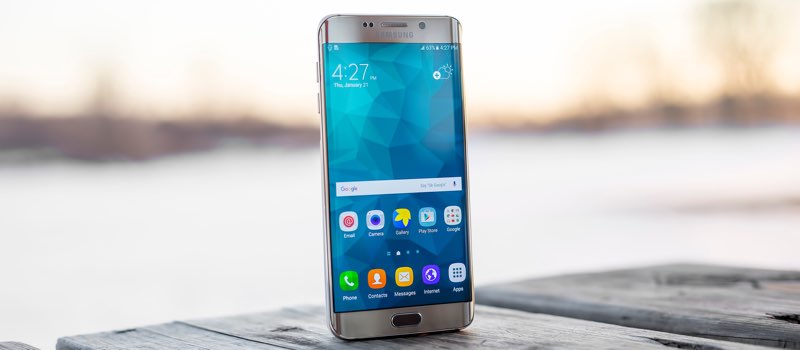When a capture is not enough, recording the mobile screen can become a perfect tool … that not everyone knows how to use
Sometimes the screenshots can fall short depending on what occasions and we need the option to record what happens on the mobile phone. For example, to show how you got a victory royale, that is, you won a game on Fornite (except if you are an iOS user, given the latest events) or to do a telematic tutorial to your aunt to teach her how to upload a photo to Instagram.
Until now, most Android users had to resort to third-party applications, but with the new operating system update available, Android 11, recording the mobile screen is now possible natively, without the need to install anything. This latest version launched by Google is not available for all smartphones from day one, but little by little more models will be able to download it.
RECORD BY PRESSING A BUTTON
If the terminal is already updated with this new version of Android, starting to record the screen is as simple as sliding the bar of shortcuts and notifications at the top of the mobile and clicking on Screen recording. It may happen that this hidden option appears on some terminals; to keep it always visible, just press the pencil-shaped icon.
After clicking on the icon, some parameters will appear that we can modify, such as the source of the audio (microphone and / or device audio) that will sound in the recording or the possibility of displaying a floating notification from which we can stop the recording.
At the end of the capture, the terminal will show a notification from which the generated video is accessed. Likewise, to find it, just access the Movies or Videos folder in the gallery or in Google Photos if it is the default gallery.
BRANDS THAT ALREADY INCLUDED IT
Users of Samsung, Xiaomi, Huawei, Honor, OPPO or Realme already enjoyed this feature integrated into their operating systems, since they are modified versions of Android to which extras like these are added.
On Samsung phones, the screen recording app comes pre-installed and is accessed from the notification bar at the top. In older models the path is somewhat more complicated: to record a specific application you have to open Game Launcher and add the app you want to record in the Library. When we open this application, in the right area a drop-down will appear with several icons and one of them is the recording one.
This is the case of the Miui system of Xiaomi terminals, the Screen Recorder option also appears in the upper notification bar. In addition, accessing the application from the application menu, you can configure the recording quality.
If, on the other hand, you have a Huawei phone, in addition to this shortcut on the screen, it has a physical one that is activated by pressing the volume up button and the terminal’s shutdown button.
ColorOS and RealmeOS on Oppo and Realme phones also have this function, which is accessed from the phone’s quick settings (notification bar).
ON IOS
Apple allows you to record the screen natively, that is, as it happens now with Android 11, in iOS you can start recording by pressing a button. Of course, it requires that the direct access be added from the control panel, for which you must access Settings and from there click on Control Center. From Customize settings you have to drag the Screen Recorder option.
Check that this is among the Include menu options; if not, scroll down to More controls and press the ‘+’ symbol to the left of Screen recording. To start recording, slide the access bar from the bottom of the screen and press the button in the shape of two concentric circles (record symbol).
After the countdown, the terminal will begin to record everything that happens on the screen, including the audio that it captures through the microphone if we press the activate microphone button. To stop it, just press the notification bar that appears at the top when you start recording. The video is stored on the reel for sharing or editing.
THIRD PARTY APPLICATIONS AND RESTRICTIONS
Some older smartphone models do not have this feature as they may have stopped accessing the latest updates to their operating systems. If this is your case, there are some third-party applications that can perform this function.

